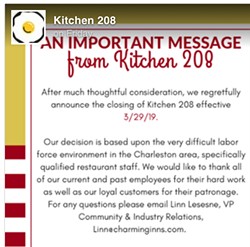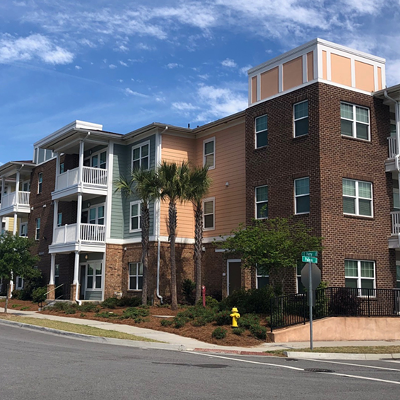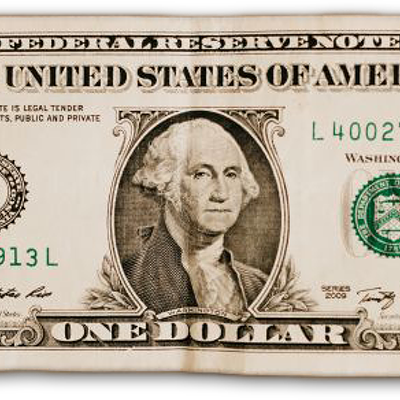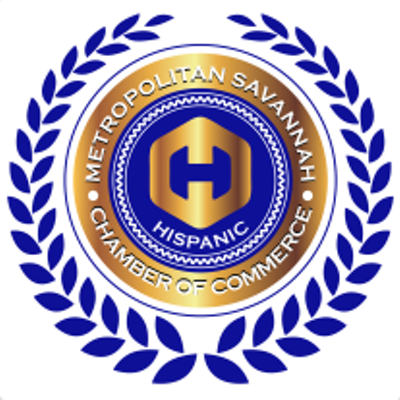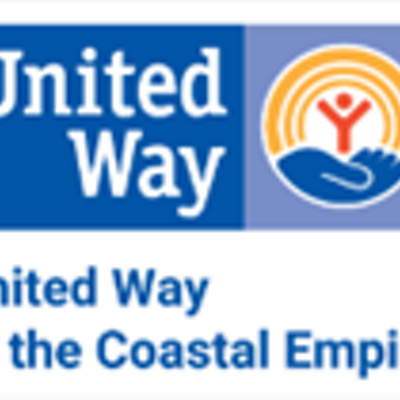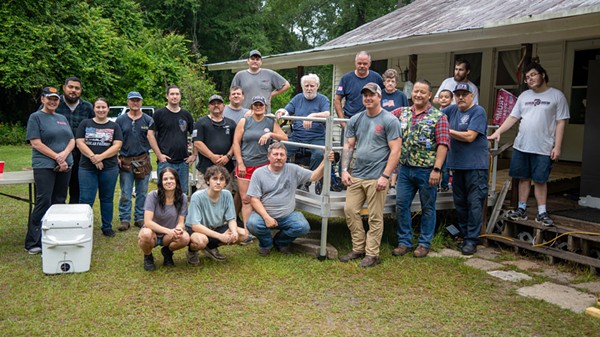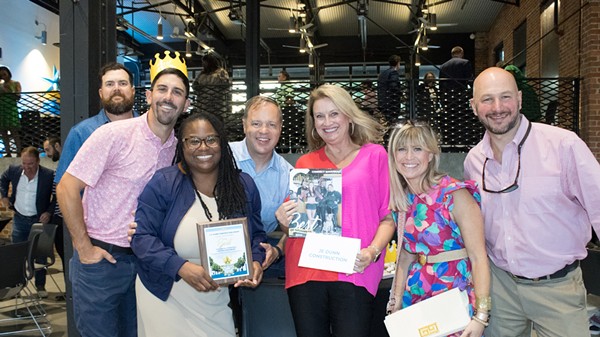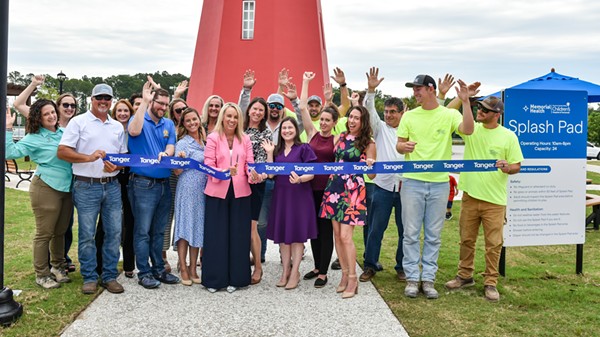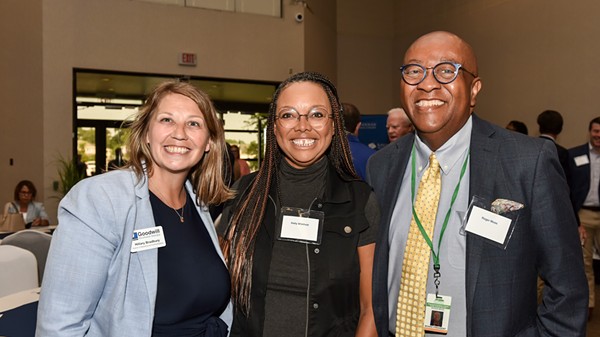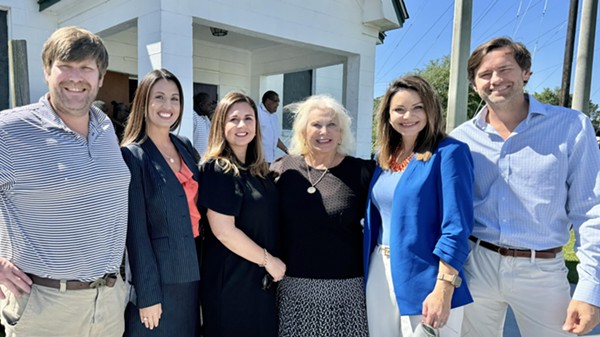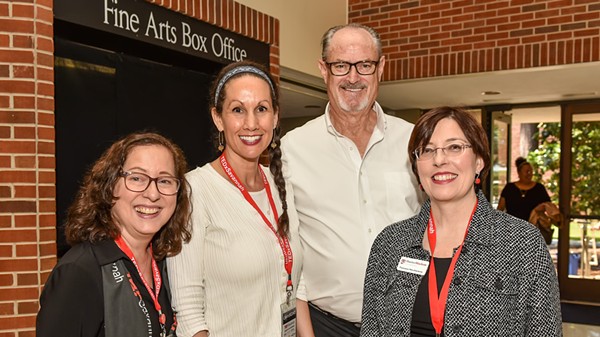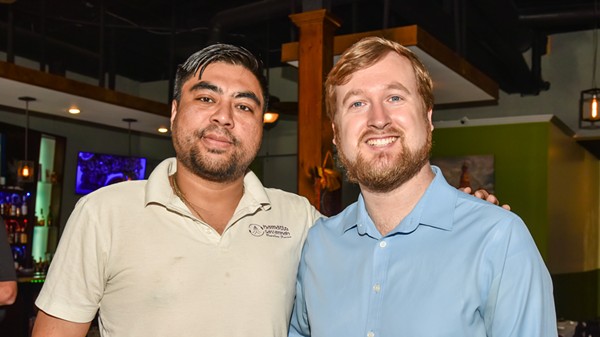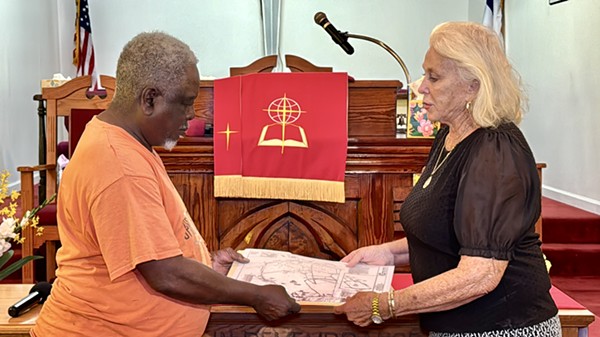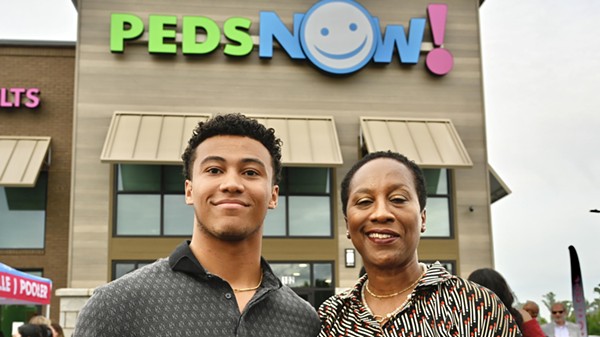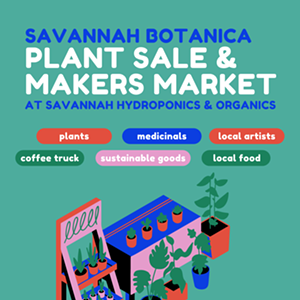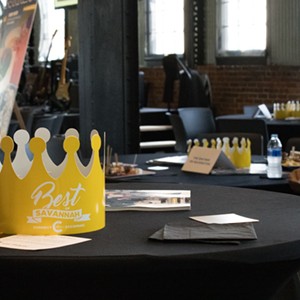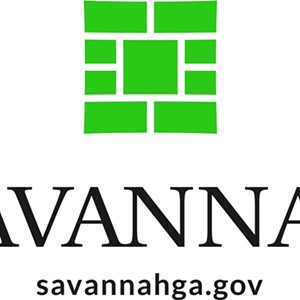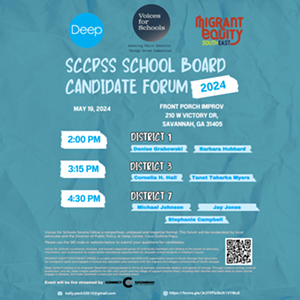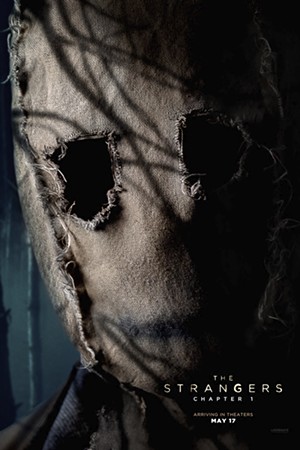SOME PEOPLE in Savannah like to make a big deal about the supposed "rivalry" between our city and Charleston, S.C.
If there is such a thing, it’s a pretty one-sided rivalry. I assure you Charleston doesn’t feel threatened by or jealous of Savannah in any significant way.
The smart people in Savannah have learned to watch Charleston closely because what happens there usually happens here a bit later.
While Charleston and Savannah are very similar cities in history, personality, culture, and economy, Charleston is part of a metro area more than twice as large as Savannah’s.
So Charleston is less of a rival to Savannah than it is a leading indicator for whatever trends, positive or negative, are about to head our way.
Charleston’s first burst of downtown renovation happened in the ‘70s, a bit before our own version which upgraded River Street into a tourist destination.
Charleston’s first wave of gentrification happened almost immediately after, followed by several waves which continue to this day. Downtown Charleston is more thoroughly gentrified than Savannah, but we are hot on their heels.
Every major tourism-oriented challenge that Savannah has faced, from trying to regulate Short Term Vacation Rentals to trying to control the proliferation of new hotels, Charleston has had to deal with first.
While Savannah’s first really big tourist boom came in the ‘90s with the release of Midnight in the Garden of Good and Evil, the truth is that both Savannah and Charleston experienced booms during that time, largely due to a very robust national economy — and to an extent, an expanding global economy in the wake of the collapse of communism.
While Savannah was learning how to market our quirky charm and boozy joie de vivre — we do have to-go cups over them! — at the same time Charleston was forging a true culinary/foodie culture and became a key training ground for Southern chefs and food professionals.
A quarter century later, Savannah is still largely focused on marketing our quirkiness and booziness. Jameson shots during the Haunted Pub Crawl, anyone? Don't get in the way of the bachelorette party!
But Charleston’s tourism economy became more firmly based on high-level cuisine and lodging, which also tend to attract a higher stratum of tourist.
The downside of this – which Charleston is dealing with as we speak – is that the stratum of tourist there has become so high that the price of entry into the market to cater to them has also skyrocketed.
In an intriguing piece in this week’s issue, the Charleston City Paper, a locally-owned weekly publication similar to Connect, delves into the dilemma facing downtown Charleston.
It’s a dilemma which inevitably is headed our way, as Savannah continues to model its tourism and service industry on Charleston’s.
King Street in Charleston is the equivalent to our Broughton Street, though as with most things in the “rivalry,” Charleston’s main shopping thoroughfare is both longer and more awash in money.
How much money?
By some estimates, there is about a billion dollars in private development headed just to Upper King Street alone, the last section of the historic avenue with any non-renovated buildings dating from before the first tourism boom.
It is no coincidence that Upper King is where the hottest and trendiest restaurants, bars, and clubs are set to go.
It’s where everybody wants to be, but where increasingly fewer and fewer people can afford to set up shop.
Some restaurants on Upper King Street now pay $18,000 a month in rent, just for the privilege of access to this booming tourism market.
As the City Paper piece points out, there is no shortage of tourists willing to pay $14 for a cocktail in some of these places.
But it’s getting harder and harder for any but the most deep-pocketed businesspeople to rationalize the capital investment in the first place, especially when that investment is totally dependent on the fickle taste of tourists being led around by Yelp and Instagram.
This is the dilemma heading Savannah’s way: The more high-dollar tourism we attract, the more the price per square foot goes up to prohibitive levels.
Along with the danger of a real estate bubble, come the attendant problems of low/no affordable workforce housing; transportation/parking issues for the workforce that has to come in from greater distances to work; and high staff turnover.
These aren’t theoretical problems.
On the same day last week, two Charleston restaurants closed down, specifically citing high staff turnover and the difficulty of hiring and retaining qualified staff.
Why? It wasn't due to lack of business.
It was due to lack of affordable housing for workers, too few qualified workers to go around, and poor transportation options.
"Our decision is based upon the very difficult labor force environment in the Charleston area, specifically qualified restaurant staff," said the management of Kitchen 208 on King Street.
That’s all coming our way, folks. It’s really already here.
Savannah takes a back seat to no one when it comes to narcissism, and we love to think all our problems are unique to us. But there’s no reason we can’t, and shouldn’t, pay attention to what’s going on in Charleston and plan accordingly.
In a market economy there’s only so much you can do to control things like price per square foot, or how much rent landlords charge. But we can hold our elected and appointed leaders accountable for creative solutions that are within their legal and political power.
Examples might include revisiting the percentage and distribution formula of our hotel/motel “bed” tax; mandating affordable housing requirements in new development; impact fees on developers; making the granting of variances the exception rather than the rule; or a full moratorium on new hotels (a Charleston move).
As Charleston shows us, the things that affect our downtown have a ripple effect through all our neighborhoods one way or another.

